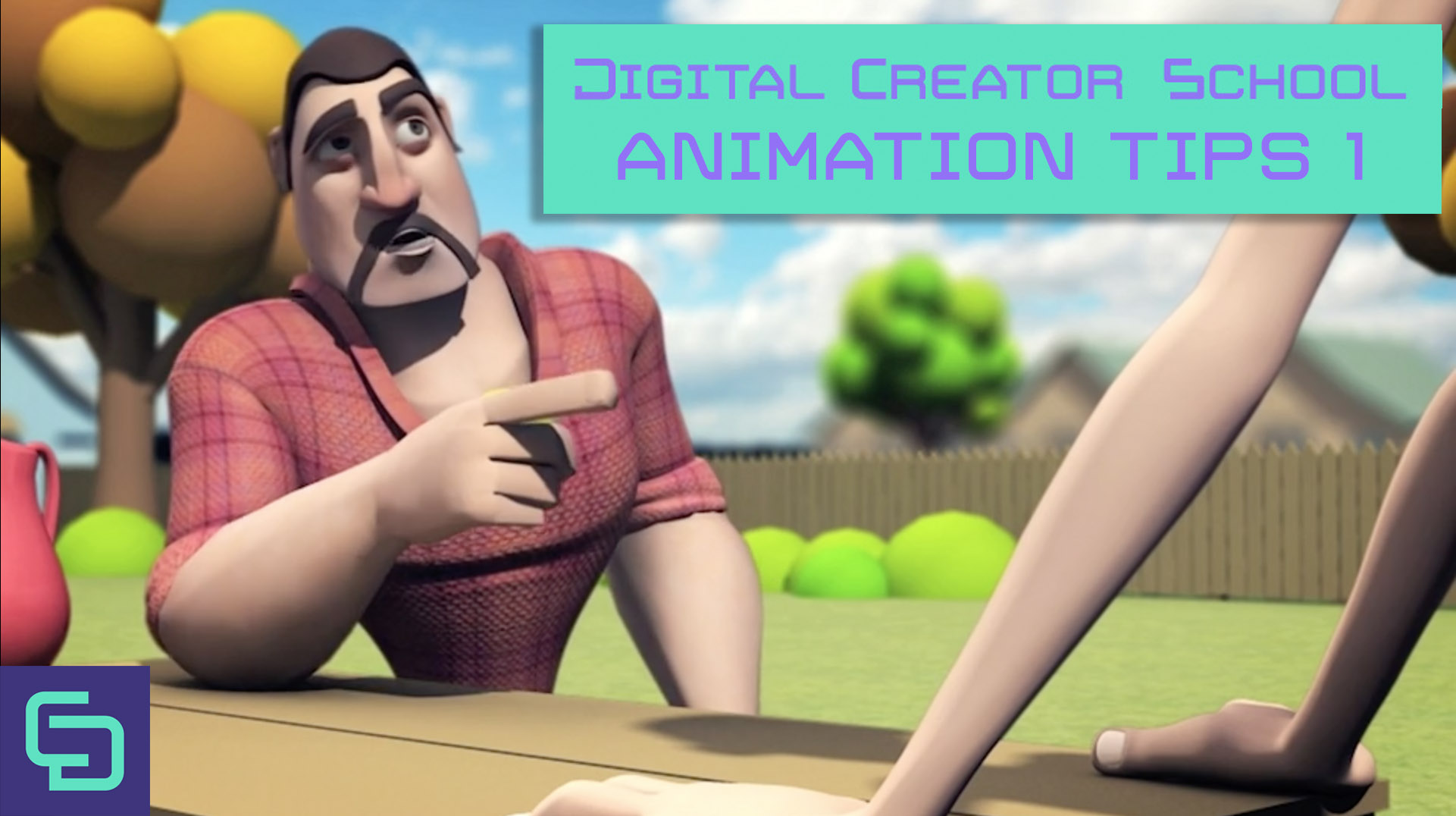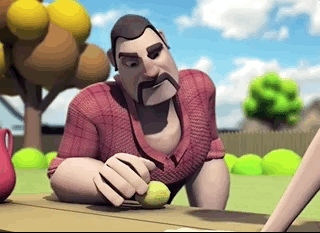If you’ve never animated before I encourage you to check out my animation course.
How I won the 11 Second Club is directly related to how I approached learning animation in school (and now). The beauty of animation is I will always have room to improve and learn, that’s why I love it.
In school, I did all my animation assignments twice before they were due.
Sounds simple, but it works! After graduating my mentor told me the guy animating the most is usually going to be the best. So to win the 11 Second Club takes time. It takes animating a lot!
I’ve entered the competition 6 times and I’ve won twice. The month before I won my entry got 5th! But I didn’t give up, or think ‘oh well, I must have gotten worse at animating since I’ve won already!’
I just kept animating, because I enjoy it! And you should too! You should not enter the 11 Second Club to win, you should enter it because you love animation and you want to improve.
For some more practical tips, it always starts with getting the performance right in your reference or thumbnails. We took acting classes in school to help inform our decisions on our acting performance. If you’re learning animation online or your school doesn’t provide acting lessons, contact your local theatre group and find somewhere to take acting classes!
It’s uncomfortable, but it works.
Below are 4 tips for animating in Maya that I wrote down while completing my last 11 Second Club entry, more as a reminder to myself, but I wanted to share them in the hopes it can help others. I created a short free eBook of all 20 tips you can download here.
 4 Animation Tips (get all 20 in a free eBook here)
4 Animation Tips (get all 20 in a free eBook here)
1) When you can’t figure out what’s wrong but it doesn’t feel right.
Start drawing dots or lines on your monitor (with a dry erase marker) on the silhouette and on joint locations from the camera view to see the arcs and the spacing of the keys, this will usually show you what’s wrong.
If it doesn’t, try not from the camera view, something perpendicular to it, it could be it’s something moving funky on another axis, remember, even though we animate to a camera, it’s still 3D so things are moving in every axis!
2) Reference!
Don’t be married to your reference, it’s only that: reference! Also consider what style you’re trying to animate, for example, are you trying to be realistic or more stylized? That will dictate how much you should lean on your reference.
3) Don’t be too precious in your blocking.
There will most likely never be a time that you block it out, hit spline and everything works without having to polish it.
Never.
So do not be so precious thinking if you just pay more attention to it in blocking then it will be perfect when you hit spline. Things always change during that stage. It’s, of course, good to avoid gimbal lock in blocking or counter keying controls in an odd way. But no matter what you do in blocking you’ll always have to review your arcs after you spline and polish, so work quickly in blocking the best you can do, but don’t be disappointed when it doesn’t look great after hitting spline (assuming you aren’t blocking on ones or twos!).
If it looks unusable, then you hit spline too early and do not have enough breakdowns between your keys, go back to stepped keys, make more breakdowns and then come back to splining. As a (very general) rule of thumb, you should have a keyframe on every fourth to eighth frame (depending on the action) before you go into spline depending on your deadline.
4) tweenMachine and Fix technique.
If you’re having trouble picking where to do breakdowns after the golden or key pose stage then simply go to halfway between two poses and click ‘0’ on the tweenMachine, but don’t accept what that gives you, that would be no better than just hitting spline at this point and leaving it at that.
Think of this step as just showing how wrong the computer would be if you left animating up to it! What this did give you is a starting point for an inbetween pose. Now go back to your reference video and compare with what you have. Toggle back and forth between the poses in the reference with the poses you have.
Focus on one area at a time. Start with the cog and the hips, then the spine, then the shoulders, then the elbow position, then the wrist, then up to the neck and head, then clean up the feet. You have to start methodically like this with whatever is the driver and in this order because everything is connected. If you started at the elbow and then moved to the spine, then that would move the elbow away from where you wanted it so you’ll have to go back and redo the elbow again. This is not efficient! Start from the driver, the cog (in most cases) and work out from there.
Tip : Make sure you’ve keyed all controls before and after where you intend to use the tweenMachine for an inbetween.
__________________________________________________________________
Download the eBook of all 20 tips for free here.
What winning an 11 Second Club gave me and why you should consider entering:
- Deadline-based animation practice
- 108 new individual visitors to my website that came from the link on my 11 Second Club profile
- an eCritique from Animation Mentor
- an excuse to email recruiters (if you’re looking for a new job)
- new piece for my animation reel
- an opportunity to share what I’ve learned
If you enjoyed this, please comment, like, and share it around, download the free eBook.
If you’re totally new to animating, check out my Maya for Beginners: Animation course.
Keep Creating!
Lucas Ridley
Ready to get started?
Create your account now, or join our mailing list to be notified of new courses.

Thank you, Lucas, for all what you do.
I loved your blog as much as your Maya course.
Waiting for the next post.
Thanks GBoss!